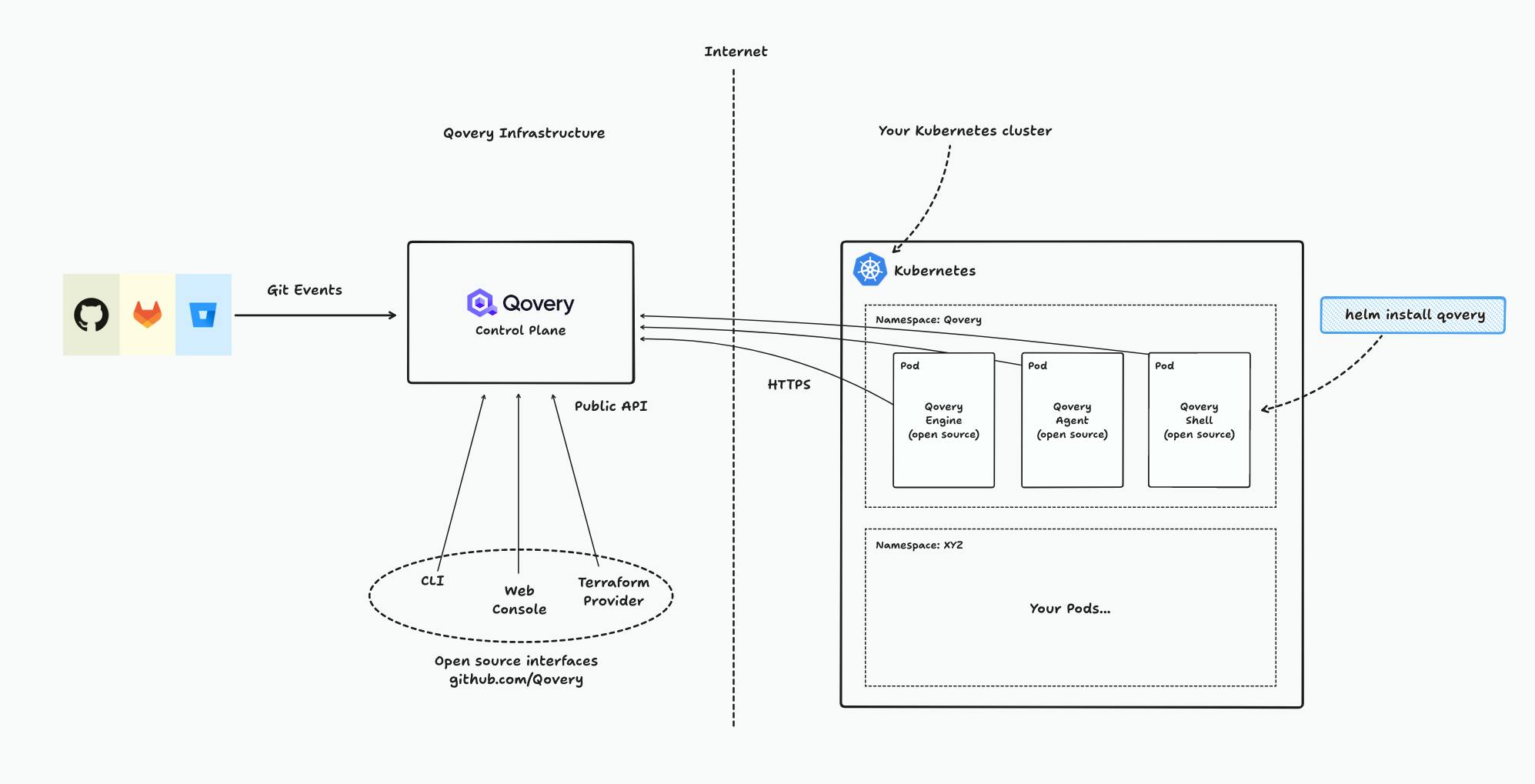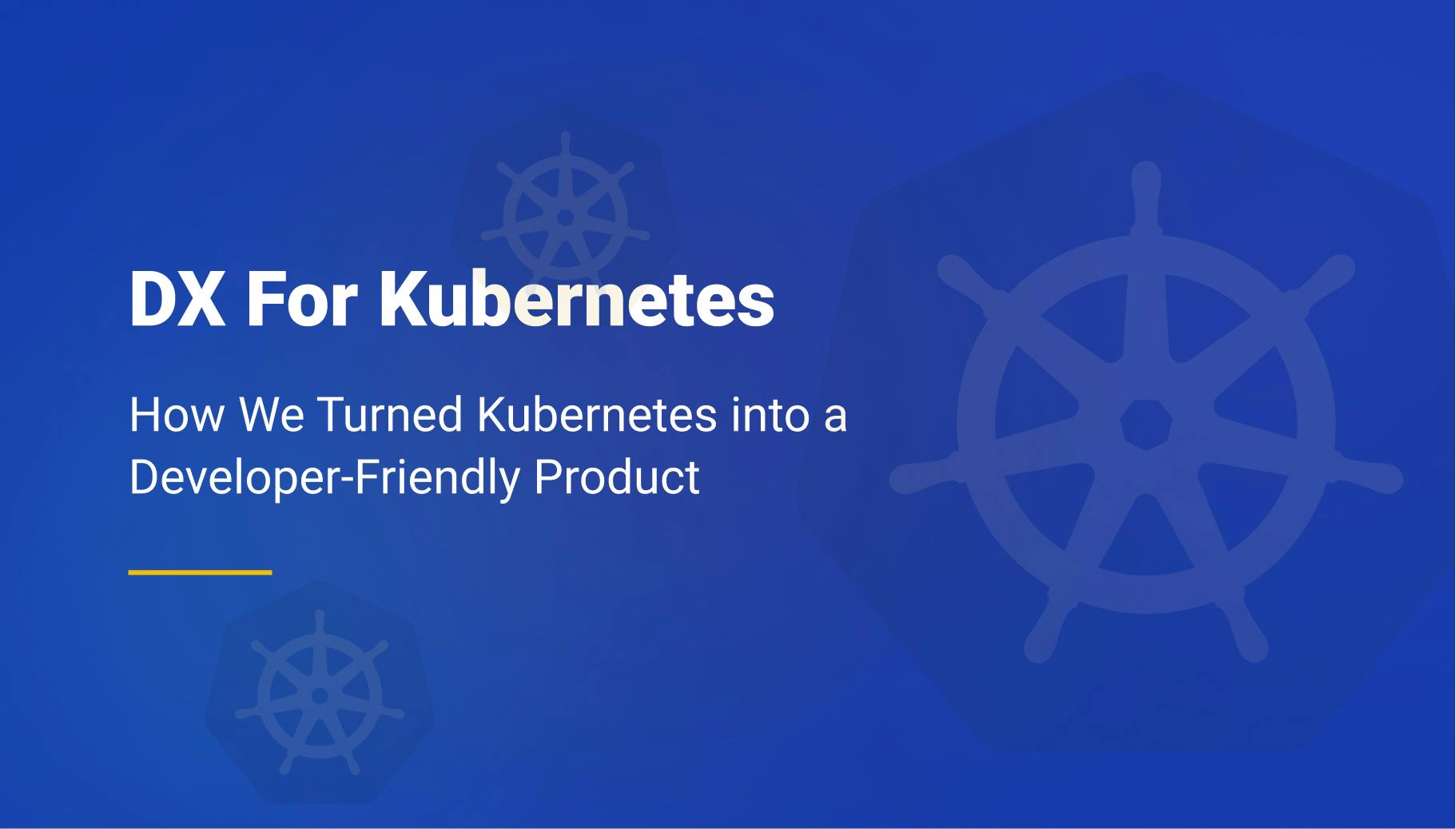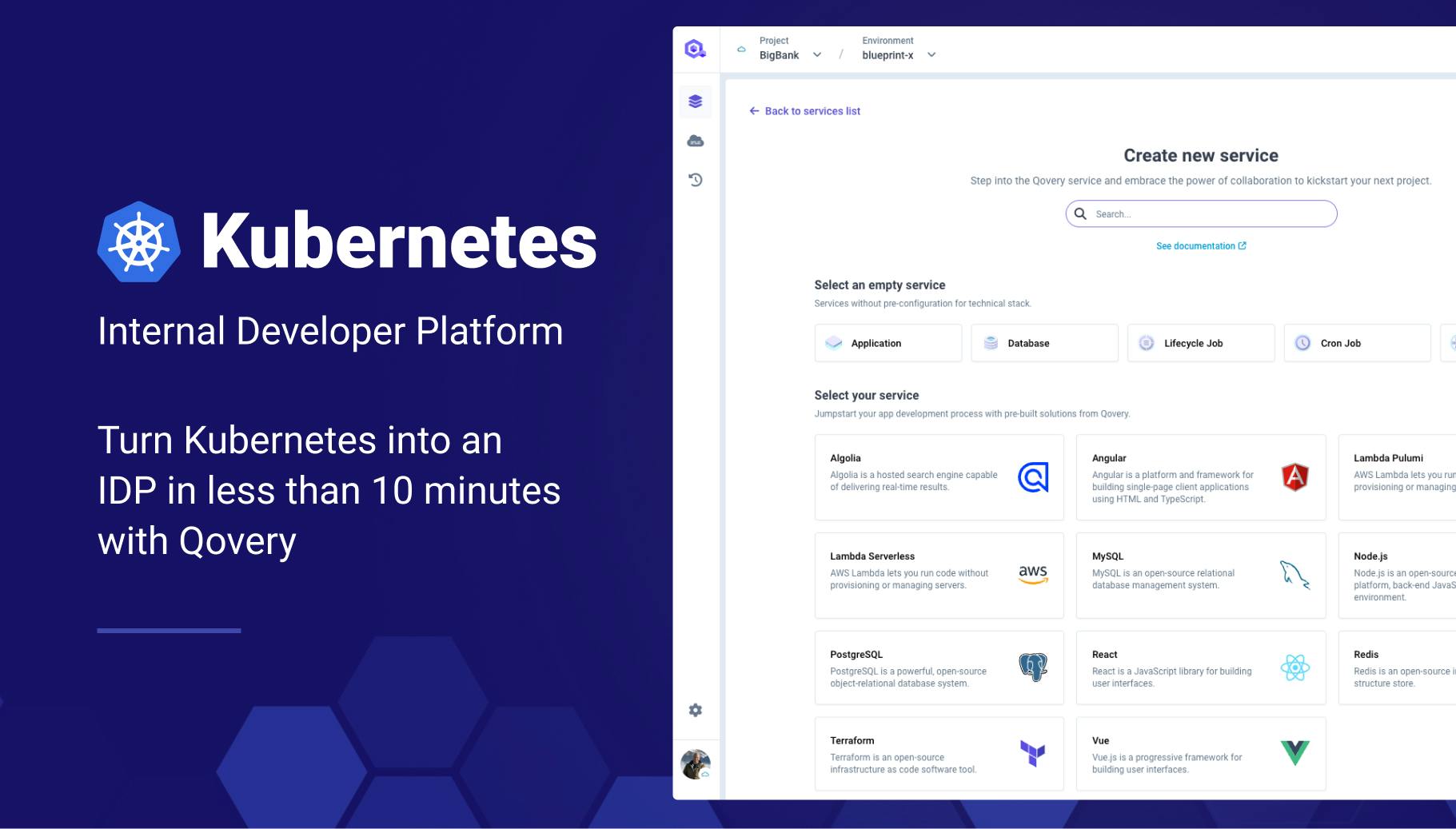Don’t Like ArgoCD? Consider Qovery
ArgoCD is widely recognized for its GitOps-based approach to continuous delivery on Kubernetes. It provides powerful features for managing Kubernetes deployments, but its complexity can be daunting. If you’re looking for an alternative that offers a more opinionated, user-friendly approach with enough flexibility for custom configurations, Qovery might be the solution you need. Here’s why many DevOps engineers prefer Qovery over ArgoCD.

Romaric Philogène
July 6, 2024 · 4 min read
--
It's important to note that Qovery is not necessarily better than ArgoCD—it's different. From discussions with dozens of DevOps engineers, many have chosen Qovery because it better meets their expectations of a modern CD system.
--
#Why Choose Qovery Over ArgoCD?

#Opinionated Yet Flexible
One of the main advantages of Qovery is its opinionated nature, which simplifies many aspects of deployment and infrastructure management. While some might see this as a limitation, it drastically reduces complexity and minimizes the chances of misconfiguration. Here’s what a DevOps engineer had to say:
“Qovery has an opinion. It reduces the complexity and chances of misdoing things drastically. For example, to monitor your cluster, just choose one of our partners and activate the integration. No need to set up metricbeat, logstash, kube-metrics, etc. If you want to access a container, use the Qovery CLI or dashboard without needing to know kubectl.” - Martin - DevOps Engineer
Despite being opinionated, Qovery remains flexible thanks to its Kubernetes foundation. You can extend your infrastructure as needed. For instance, one engineer highlighted how they could use a custom ingress controller with a wildcard certificate for specific requirements.
#Enhanced Developer Experience
Qovery significantly improves the developer experience by abstracting away the complexities of Kubernetes. Its user-friendly interface makes it accessible even to non-developers*.

This ease of use is particularly beneficial for roles like Product Manager, who can easily redeploy environments or reset databases without deep technical knowledge.
“With Qovery, even a non-developer can manage. A Product Manager can easily redeploy a preview environment to reset the database seeding.” - Mickael - DevOps Engineer
*Read how we tuned Kubernetes into a Developer Friendly Product
#Ease of Setup and Zero Maintenance
Qovery’s setup process is straightforward and fast. You can install Qovery on Kubernetes in just 3 minutes with the command helm install qovery.
# Install Qovery CLI
$ curl -s https://get.qovery.com | bash
# Sign up and sign in command
$ qovery auth
# Generate Helm Charts to install Qovery
$ qovery cluster install
# Install Qovery on Kubernetes
$ helm install --create-namespace -n qovery -f <your-values-file.yaml> qovery qovery/qoveryMoreover, Qovery is a fully managed solution, which means the DevOps engineer is not required to maintain it, allowing you to focus on more critical tasks.
#Comprehensive Feature Set
Unlike ArgoCD, which focuses solely on continuous delivery, Qovery provides a more holistic platform. It integrates CI/CD pipelines, supports multiple cloud providers, and manages ephemeral environments effortlessly. Here are additional features that set Qovery apart:
- Multi-Cloud Support: Deploy applications across different cloud providers seamlessly.
- Robust Security: Role-based access control (RBAC) and secrets management ensure secure deployments.
- Flexible Configuration: Fully configurable via Terraform Provider, CLI, and API, enabling automation and integration into existing workflows.
- Native Helm Support: Qovery supports Helm charts natively, making it easy to manage Kubernetes applications using Helm. This simplifies the deployment process and integrates seamlessly with existing Helm workflows.
- Native External Resource Deployment: Qovery natively supports the deployment of external resources using what they call Lifecycle Jobs. If you want to deploy an AWS S3 bucket, AWS RDS instance, or whatever external of Kubernetes, you don’t need to install third-party solutions like Crossplane or create custom configurations. It’s all supported natively within Qovery.
"Qovery's Lifecycle Jobs make deploying external resources like AWS RDS instances straightforward and native. There's no need for third-party solutions or custom setups." - Mickael - DevOps Engineer
#Push-Based vs. Pull-Based Deployment
One key difference between Qovery and ArgoCD is their deployment models. ArgoCD uses a pull-based model, where the system continuously monitors Git repositories for changes and pulls updates to deploy. Qovery, on the other hand, uses a push-based model, where changes are pushed to the deployment environment.

"ArgoCD's pull-based approach is great for continuous syncing with Git repositories, but Qovery's push-based model provides more immediate control over deployments, which some teams find more intuitive and responsive." - Martin - DevOps Engineer
#When Qovery Might Not Be the Best Fit
While Qovery has many strengths, it may not be the ideal solution for everyone:
- Require a Fully Open-Source Solution: Qovery is partially open-source. If you need a fully open-source tool, ArgoCD might be more suitable. For more details, visit Qovery’s GitHub repository.
- Prefer YAML for GitOps: Qovery uses a Terraform Provider for GitOps. If your team prefers using YAML files, Qovery might not align with your workflow, or you may need to wrap it up.
- Centralized Control Over Deployments: If your strategy doesn’t involve giving developers autonomy over deployment and environment management, sticking with ArgoCD may be better.
#Conclusion
ArgoCD remains a robust choice for teams firmly entrenched in GitOps practices, but Qovery offers a compelling alternative with its opinionated, user-friendly, and flexible approach. By simplifying complex configurations and providing a fully managed solution, Qovery enables teams to focus more on development and less on operational overhead.
For those seeking a solution that blends the flexibility of an IaaS with the simplicity of a PaaS, Qovery might be the right fit. Explore Qovery to see how it can streamline your DevOps processes and enhance your team's productivity.
Give a try to Qovery on Kubernetes for free now
Resources:
Your Favorite DevOps Automation Platform
Qovery is a DevOps Automation Platform Helping 200+ Organizations To Ship Faster and Eliminate DevOps Hiring Needs
Try it out now!

Your Favorite DevOps Automation Platform
Qovery is a DevOps Automation Platform Helping 200+ Organizations To Ship Faster and Eliminate DevOps Hiring Needs
Try it out now!


